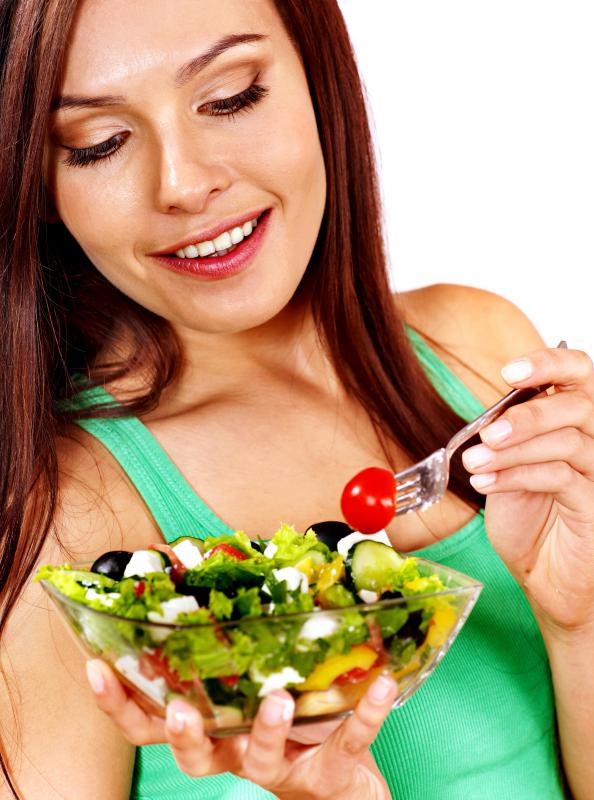At DelightedCooking, we're committed to delivering accurate, trustworthy information. Our expert-authored content is rigorously fact-checked and sourced from credible authorities. Discover how we uphold the highest standards in providing you with reliable knowledge.
What Is Dried Shrimp?
Dried shrimp is a type of dehydrated seafood most popular in Asian and Latin American cuisine. Shrimp are tiny crustaceans that live on the ocean floor in many of the world’s shallow, often tropical, waters. They are usually harvested seasonally, and drying them is a good way of preserving them for year-round use. Most dried shrimp are cooked first, then dried, such that the dried product is ready to eat or use immediately.
People in shrimp-rich regions of the world have been catching, harvesting, and preserving crustaceans for centuries. In ancient times, drying was one of the only ways to store shrimp for any period of time. Today, widespread access to freezers and long-term refrigeration makes it easier to keep shrimp fresh. Many traditional recipes still call for dried shrimp, however, and the food remains popular in many parts of the world.

The sun was the only drying agent used in traditional shrimp preservation. Once harvested, the shrimp were usually boiled in very salty water, then set out on planks to dry in the sun. Shrimp farmers usually paid careful attention to rotation in order to ensure even dryness, and often erected screens or guards to ward of birds or other predators. In the intense heat of many regions of Central America and Southeast Asia, drying was often complete within a day or two.

Some farmers still use sun drying techniques for making dehydrated foods like shrimp, but most have adopted more precise drying processes. Commercial dried shrimp producers often put cooked shrimp in designated drying chambers, where temperature and humidity are closely monitored. Many of these chambers also have agitation capabilities, such that the shrimp can be mechanically divested of their heads and tails, which are generally seen as inedible.
Most of the time, shrimp are boiled in salted broth or otherwise seasoned before drying. Some commercial manufacturers also add chemical preservatives to maintain the shrimp’s color and taste. Even heavily augmented shrimp are not usually considered processed foods, however. So long as they reach the market as shrimp, they can be marketed as such in most places.
Dried shrimp need no refrigeration, and are non-perishable foods. In commercial settings, they are usually sealed in plastic and shipped to their target marketplace. Locally, they are often sold directly from farmers, and packed by weight into paper bags on site.
There are many uses for dried shrimp. In most cases, the shrimp are very small; as with many dehydrated foods, they shrink during dehydration, losing as much as half of their size when fresh. Their flavor is thus very concentrated. The shrimp are, for this reason, particularly popular as seasoning agents in a host of soup and broth-based recipes. Cooks will often throw a few dried shrimp into dishes as they simmer.
The shrimp usually reconstitute once in water. One of the easiest ways to make shrimp broth, an essential ingredient for many dishes, particularly throughout Asia, is to boil a handful of dried shrimp in water. The shrimp themselves can either be used elsewhere in the meal, or else discarded.
Eating these shrimp as a snack is also popular in many cultures. The finished product has a crunchy, salty taste that many find pleasing. As dried snacks, the shrimp are eaten much as popcorn, chips, or crackers would be. They can also be tossed with noodle dishes or salads to add texture and crunch.
AS FEATURED ON:
AS FEATURED ON:












Discussion Comments
I bought some cooked shrimp and it didn't have an expiration date on the bag. I opened it and the shrimp had white streaks where it was cut open. Is it safe to eat it?
Another dish that is goes great with dried shrimp is a casserole. Regardless of the kind you prefer, adding a handful of dried shrimp will add flavor to the meal.
A good example of the perfect casserole for dried shrimp is tuna noodle. Adding the shrimp is easy to do, and compliments the flavor of the tuna perfectly. It also makes the dish seem hardier and more complete.
I like shrimp, but usually don't eat much at one time. Consequently, when I buy fresh shrimp, some of it usually goes to waste. I have found that using dried shrimp is a good alternative to fresh shrimp that allows me to eat the amount I want without wasting food.
A good tip for using dried shrimp is to soak it in water for a few minutes to plump it back up, then eat it any way you prefer. I like to add it to salads, pasta, and dips, or just eat it by itself as an easy snack.
Post your comments